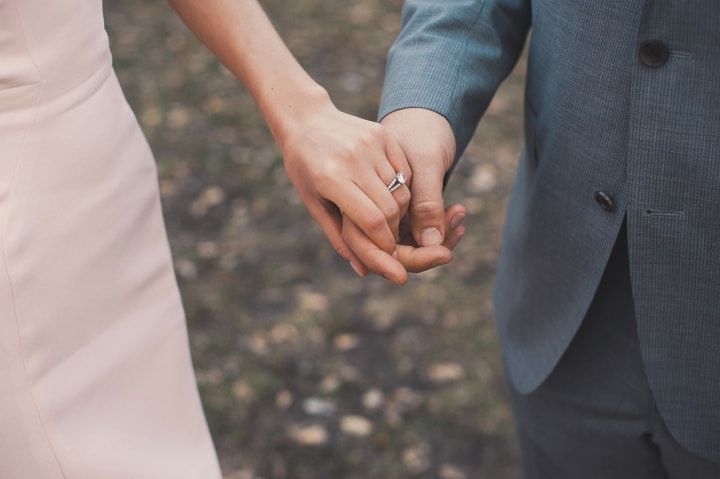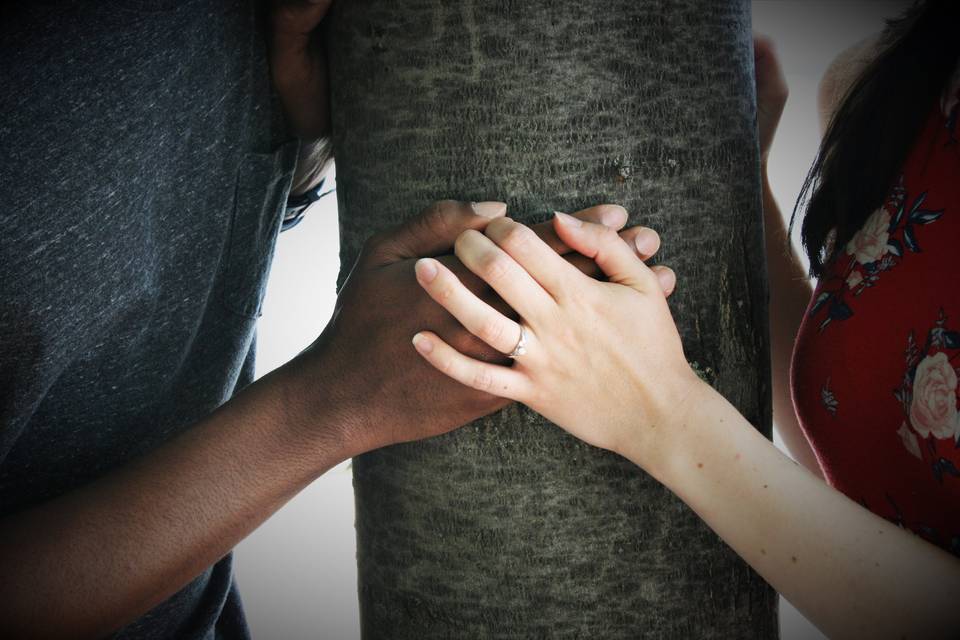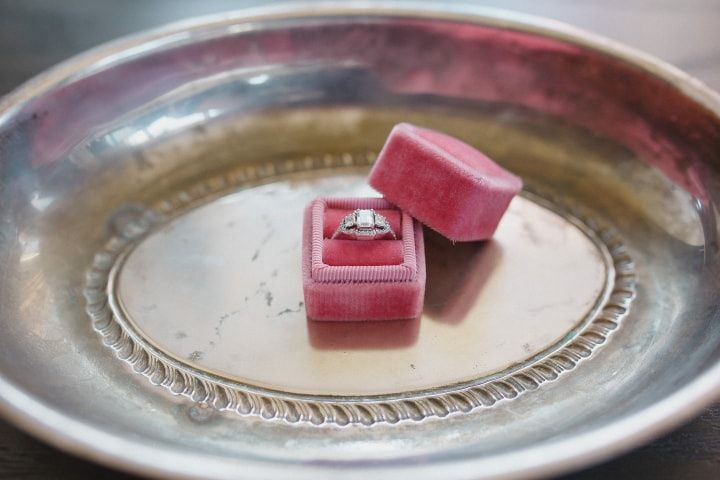How to Buy an Engagement Ring
Don’t know the first thing about shopping for engagement rings? We’ve got the lowdown on the four c’s, settings, metals and more to get you started.
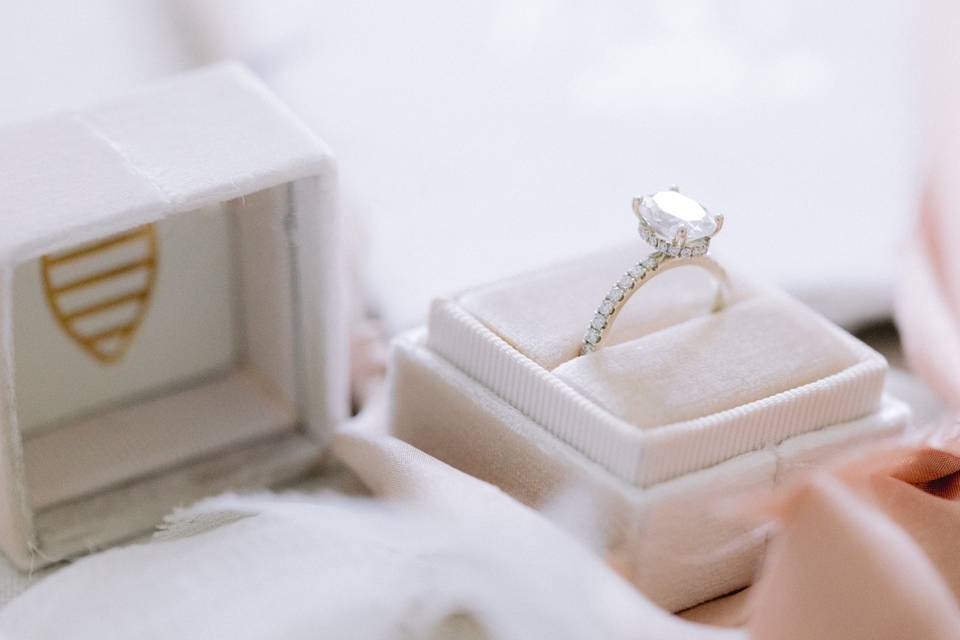
Ready to propose? Well, you’re going to need to buy an engagement ring to seal the deal. Whether you want to propose with a vintage sapphire piece or work with a designer to customize a brand new diamond ring, there’s a lot to wrap your head around. This process of choosing an engagement ring is more involved than simply knowing your partner’s ring size, so we’ve laid out the basics for you.
Here’s everything you’ll need to know before buying an engagement ring.
Source
Sourcing your diamond is an important part of the journey and buying local is the way to go. While Africa and Europe have their fair share of diamond mining operations, Canada’s got a pretty sweet stash of gemstones itself (it’s the third-largest producer of diamonds in the world). These diamonds are conflict-free and their mining is held to high environmental standards, making them a win-win. Luckily, many jewellers, including our beloved Birks and Peoples, offer Canadian diamonds in-store. Pro tip: for an eco-friendly engagement ring option, ask your jeweller about high-quality lab-grown diamonds.
The Four Cs
The most important elements of choosing a diamond engagement ring are the four Cs, and you’ve probably heard of them before: cut, clarity, colour and carat weight. These are the pillars of ring shopping so you’ll want to be acquainted with them before you step foot in a jewellery store.
Cut
Cut refers to the shape of the stone and how much light it lets in. Chances are your significant other already has a cut in mind, so you’ll want to keep an ear out for hints. The most popular shapes for engagement rings are:
- Round: Perfectly circular stone
- Princess: Square stone with defined corners
- Cushion/Pillow: Rounded rectangular or square-shaped stone
- Emerald: Rectangular stone with step-like detailing
- Oval: Long, circular stone
- Pear: Stone with a rounded bottom and pointed top
- Asscher: Square stone with step-like detailing
- Radiant: Square or rectangular stone with shaved corners
- Marquise: Oval stone with a pointed top and bottom
- Heart: Heart-shaped stone
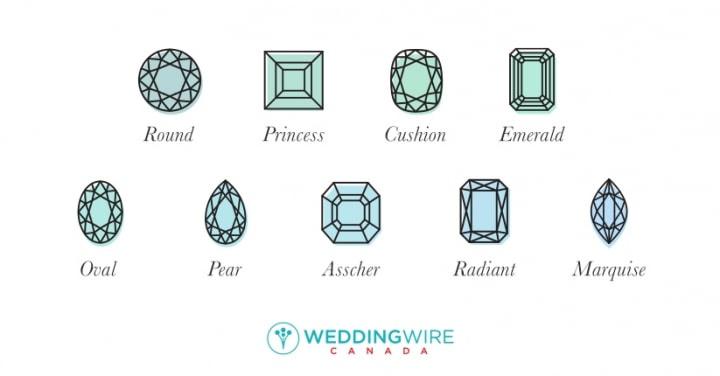
Clarity
When you think of diamonds you think of clear shimmering stones, but not all are created equal and that’s where clarity comes into play. The highest quality stones flaunt few to no inclusions and blemishes - meaning they look pretty darn flawless. On the other end of the spectrum is imperfect stones with a fair number of blemishes. Need more info? The scale goes as follows:
- I1-I3: imperfect
- SI1-SI2: slight inclusions
- VS1-VS2: very slight inclusions
- VVS1-VVS2: very, very slight inclusions
- FL-IF: flawless

Colour
Colour is pretty straightforward: the less colour a clear diamond has, the higher quality the stone is. If you want something on the pricier end of the spectrum, look for a stone that’s almost colourless.
Carat
Last but not least is carat weight. This refers to the unit weight of the stone itself. It’s often confused with the size of the diamond, but don’t be fooled, a big rock can have a low carat weight, and vice versa. Again, more carats will leave you with a bigger bill to pay.
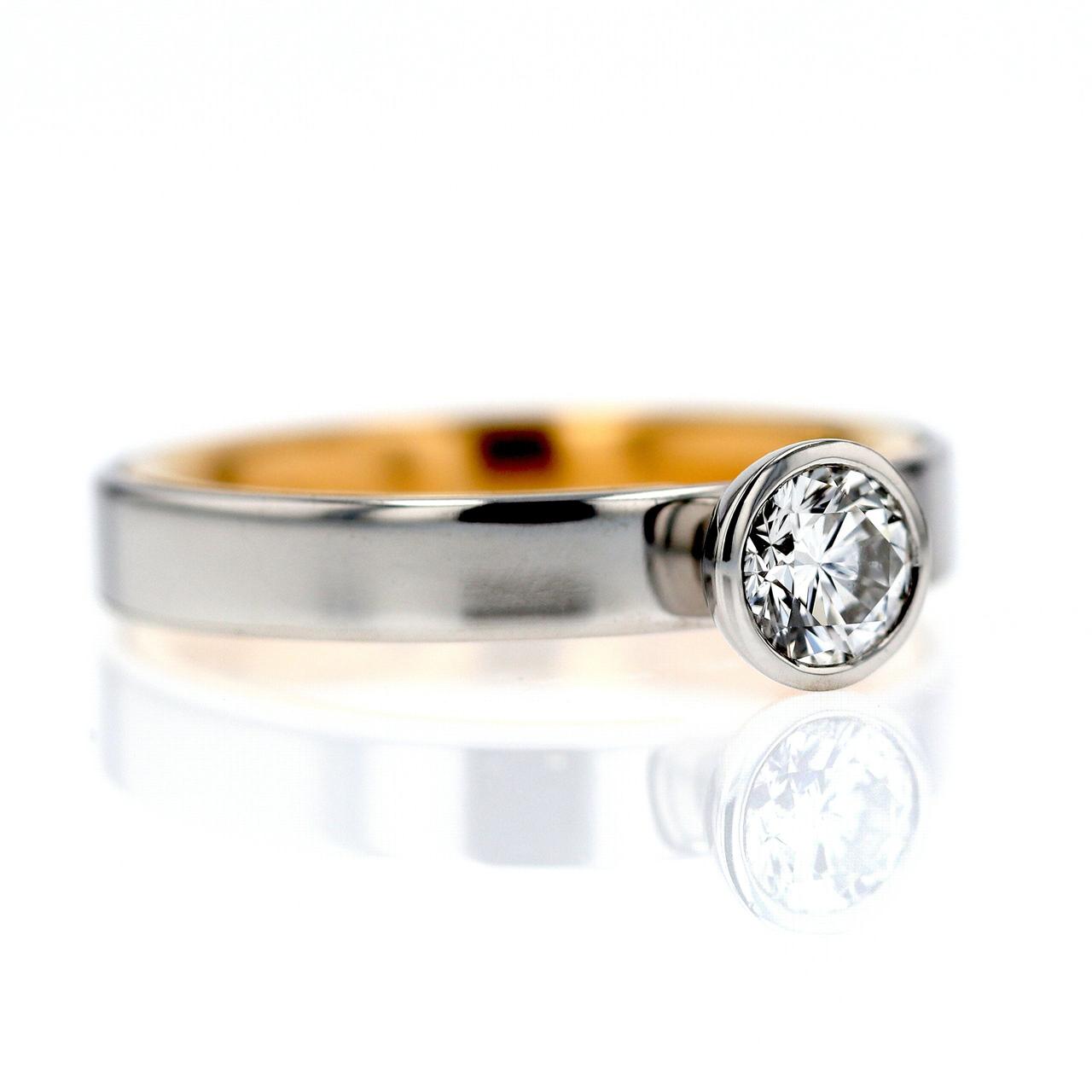
Engagement Ring Settings
Now that you’ve learned how to buy an engagement ring diamond, let’s deal with mounting that stone onto a band. This sometimes involves adding more gems into the mix or altering your choice of cut, so come to your jeweller prepared.
For those who want to go with multiple diamonds, opt for:
- Channel: The band flaunts a row of smaller diamonds set between the edges of the band.
- Pave: The band features a row of small diamonds set close together, no metal is visible, so the band looks as though it is made of diamonds.
- Halo: A circle of diamonds surrounds one large centre stone, like a halo.
- Split shank: The band splits halfway around so as to look like two bands running parallel to each other. The bands often feature rows of diamonds.
- 3-stone setting: The centre stone is nestled between two others.
If you’re looking to make one diamond the main event, opt for:
- Prong: Metal claws hold the centre stone in place.
- Bezel: A band of metal wraps around the outer edge of the centre stone.
- Flush: The stone is completely set into the band. This has become a popular choice for men due to its subtlety.
- Criss Cross/Twisted: Multiple bands cross over each other, holding the diamond in place.
- Tension: The centre stone is held in place by pressure. No prongs needed.
There’s a bevy of other settings to choose from, but these are far and away the most popular for engagement rings.

Alternative Engagement Ring Stones
While diamonds remain the most beloved option for engagement rings, some people like going off the beaten trail with their stones (be it for cost, style or other reasons). If your fiancé(e) doesn’t seem like the type to proudly sport a diamond, try a different gem. This opens a whole world of colour options, so choose wisely. Here are some of the most popular alternatives:
- Amethyst: Violet
- Morganite: Orange-pink
- Moissanite: Diamond look-alike (less expensive)
- Sapphire: Multiple colours, commonly deep blue, but also pink, purple, green, yellow, orange, black and colourless.
- Emerald: Deep green
- Garnet: Deep red
- Topaz: Multiple colours, commonly blue, yellow, brown or red.
- Opal: Takes on many colours
- Ruby: Rich red
- Onyx: Black
Pro tip: Coloured diamonds are also becoming a popular choice for something more unusual including yellow, black, salt and pepper or galaxy grey stones.
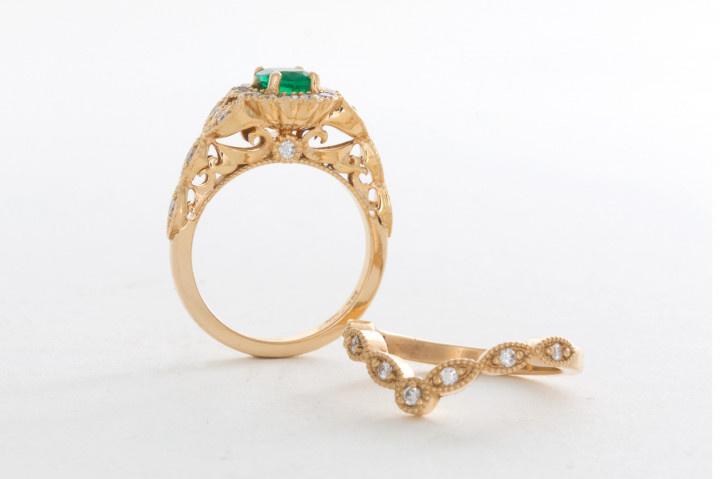
Engagement Ring Metals
Once you’ve mastered stones you can move onto bands. There’s a bevy of metals to choose from and the one you select will affect how the rings looks and wears over time. Here’s a rundown of the most popular metals on the market:
- Platinum: A silver-white, extremely durable metal that’s the most expensive on the market.
- White gold: A silver-white metal that’s similar in looks to platinum but a touch less expensive. It’s normally plated with rhodium for the sake of durability and will probably need replating at some point.
- Yellow gold: Exactly as it sounds, the traditional shade of gold. 24-karat is usually too soft, so jewellers mix it with a host of other metals to increase its durability. This usually lands bands in the 18-or 14-karat range.
- Rose gold: A fan favourite that involves mixing copper and gold together to make a pink-toned metal. The mixture of these metals makes it more durable than white or yellow gold.
- Palladium: The less-expensive sister to a pure platinum ring. It looks very similar but is slightly less durable than platinum (but more durable than white gold - no replating required!).
- Titanium: A favourite of men. It’s very lightweight and very strong, but it cannot be resized.
- Tungsten: Similar to titanium, tungsten cannot be resized. It comes in black, grey or white and is extremely strong and hard.
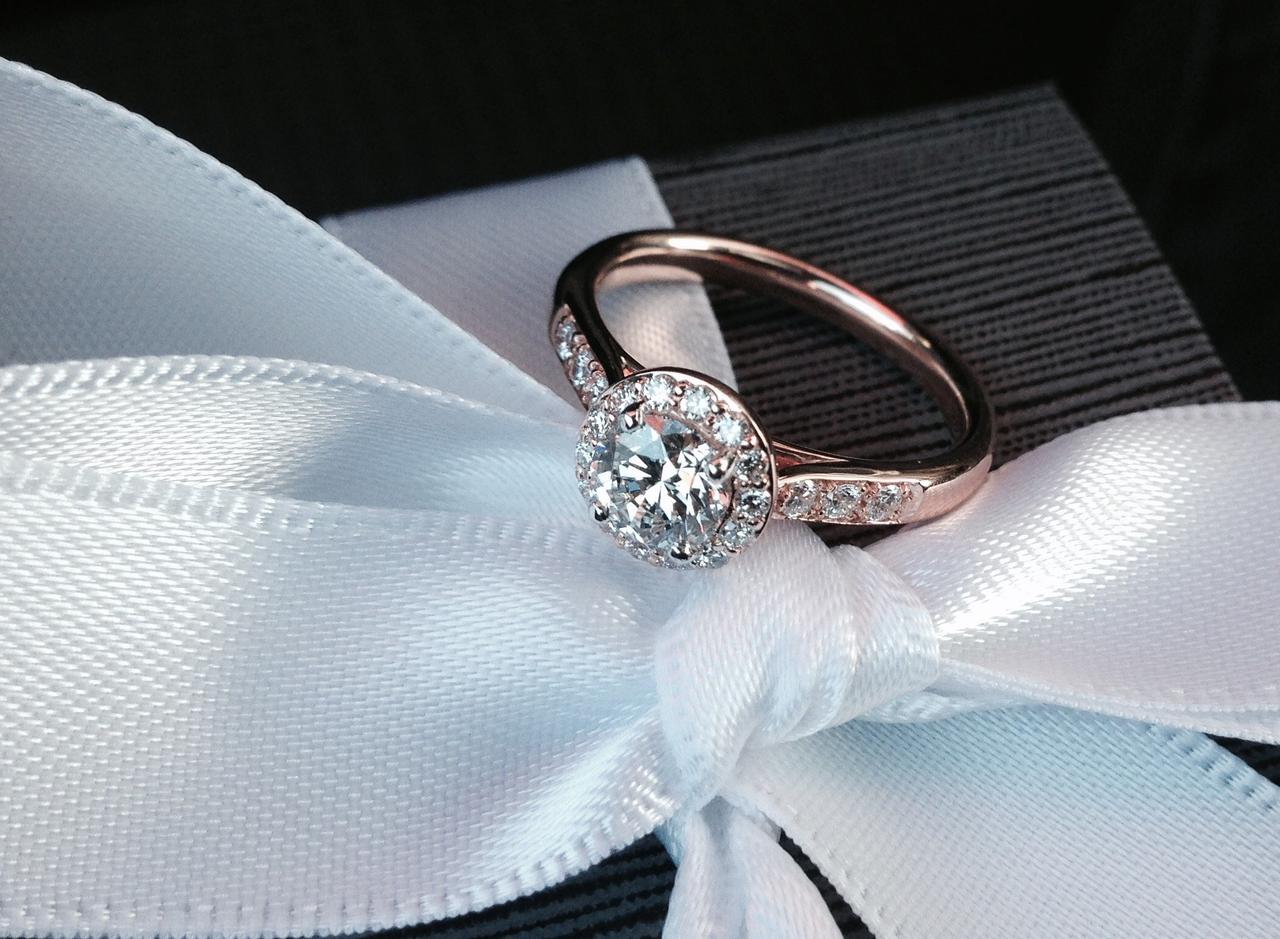
Now you know how to buy an engagement ring, find wedding jewellers on WeddingWire »

